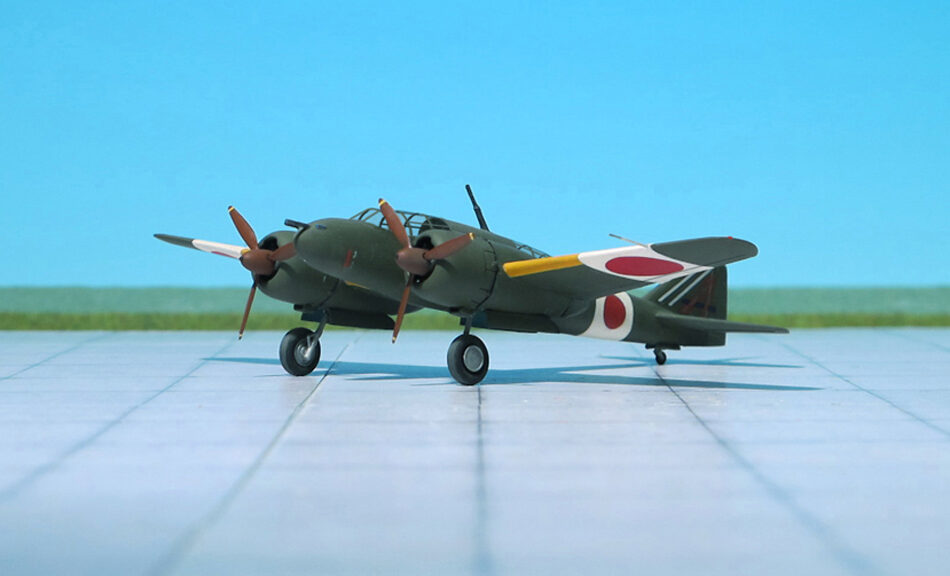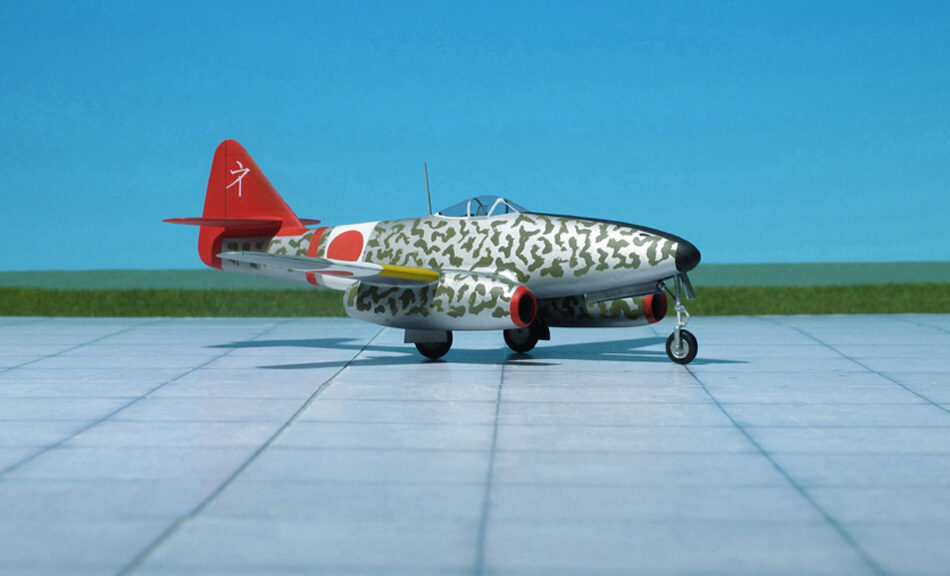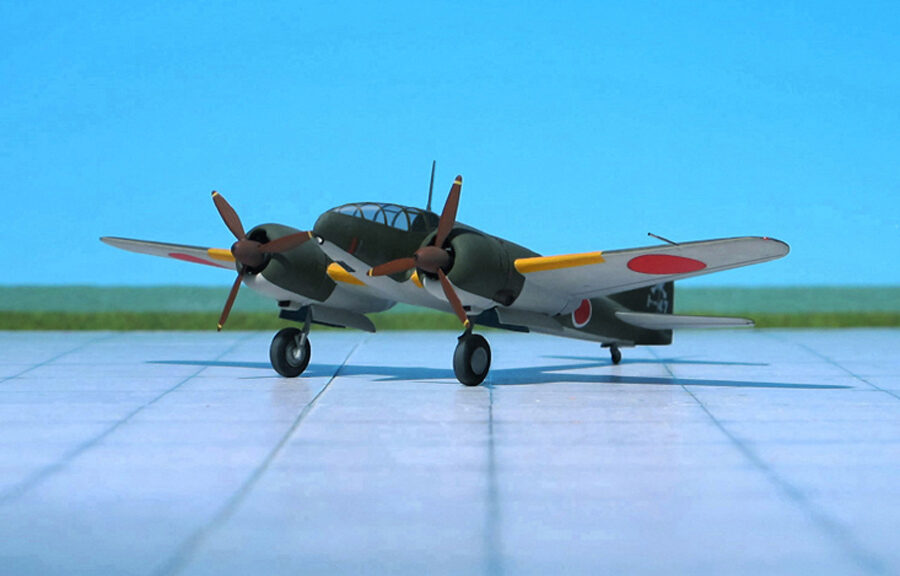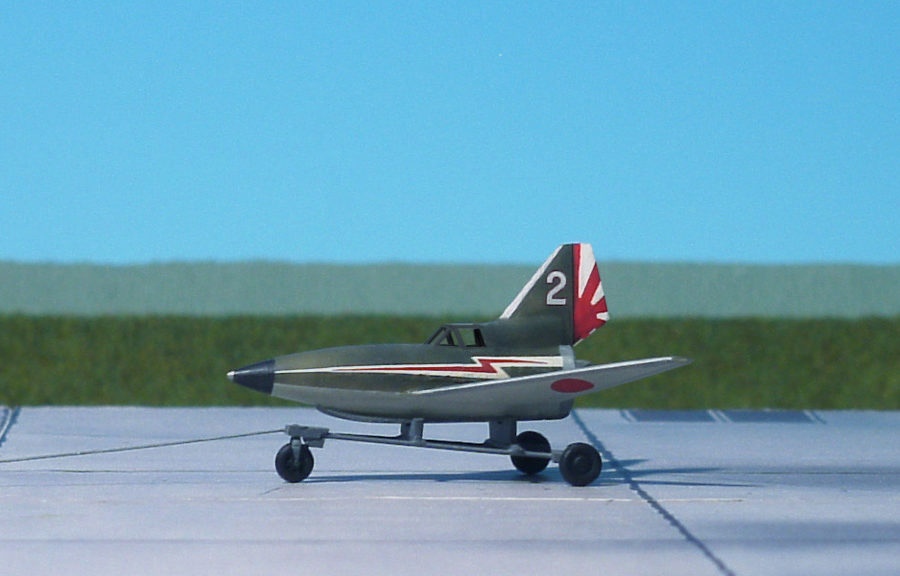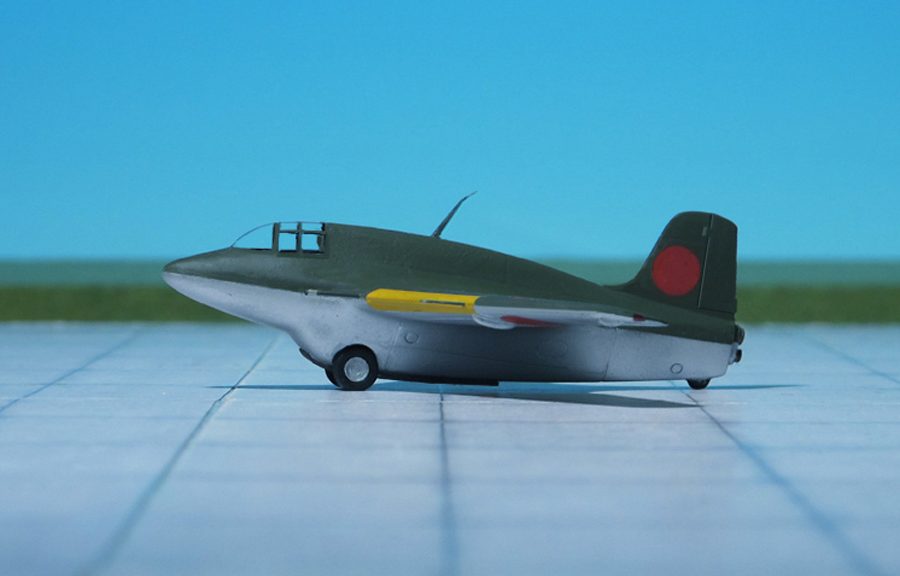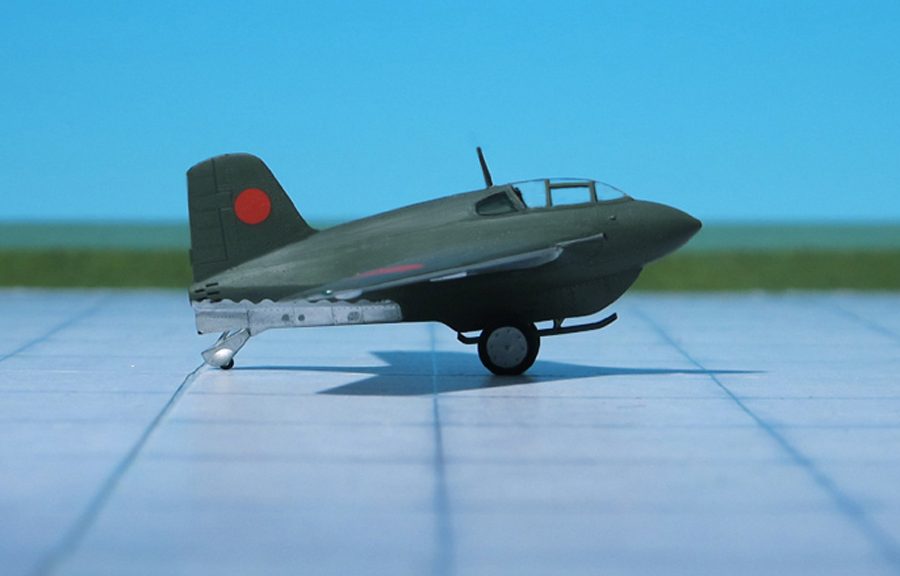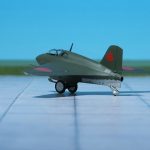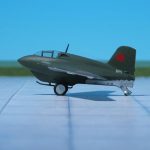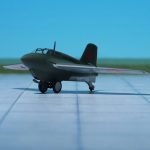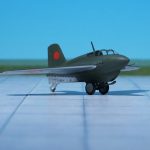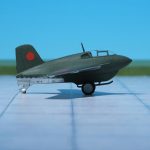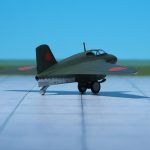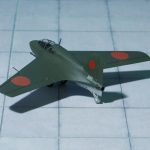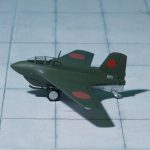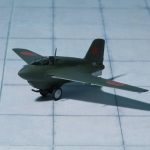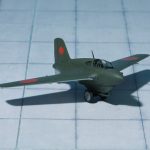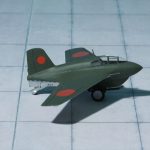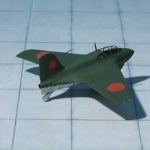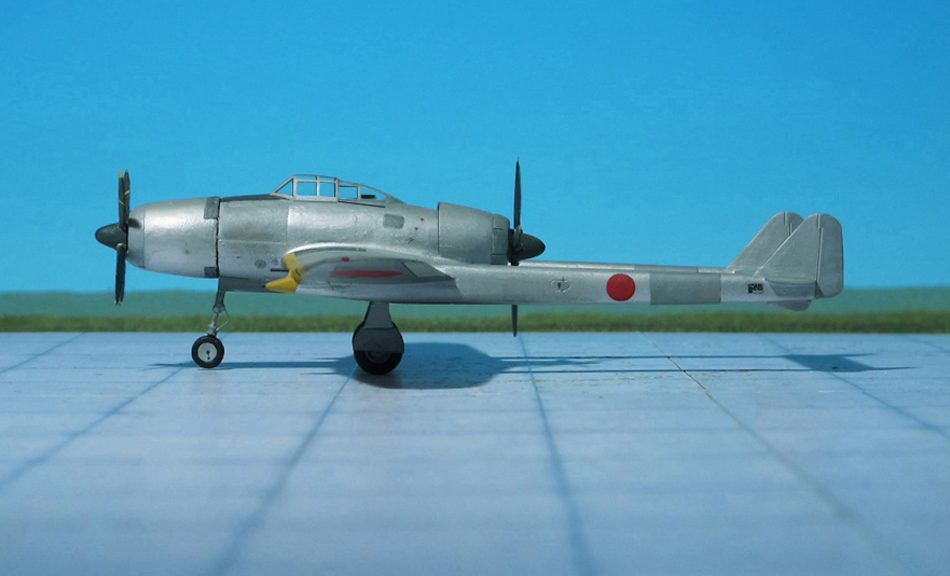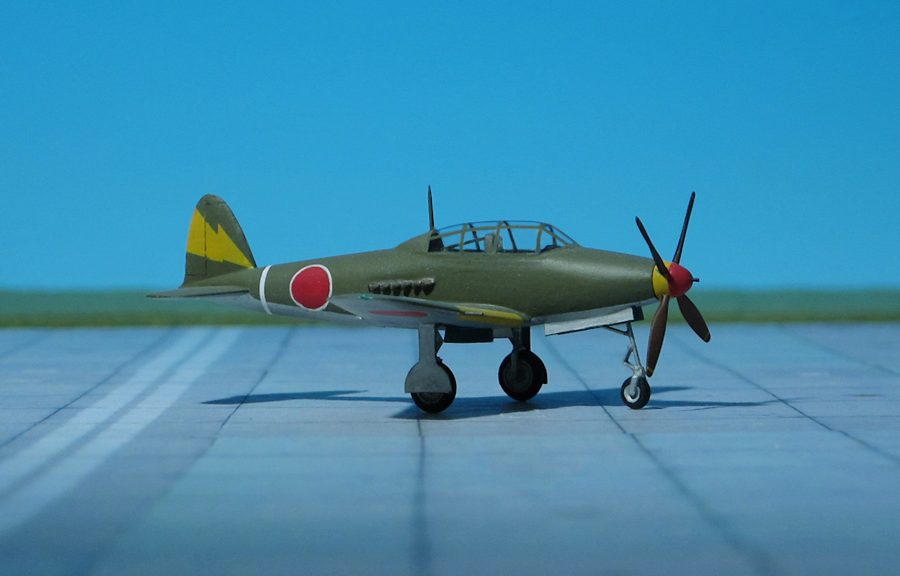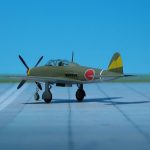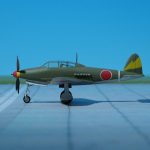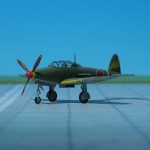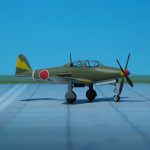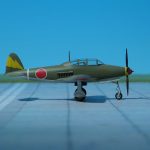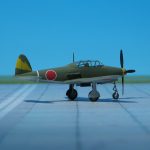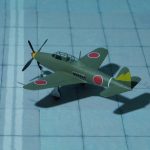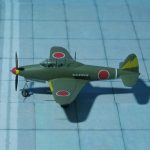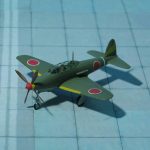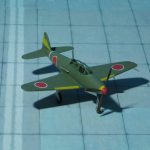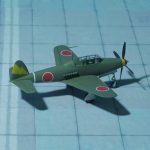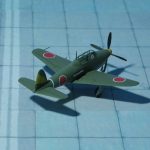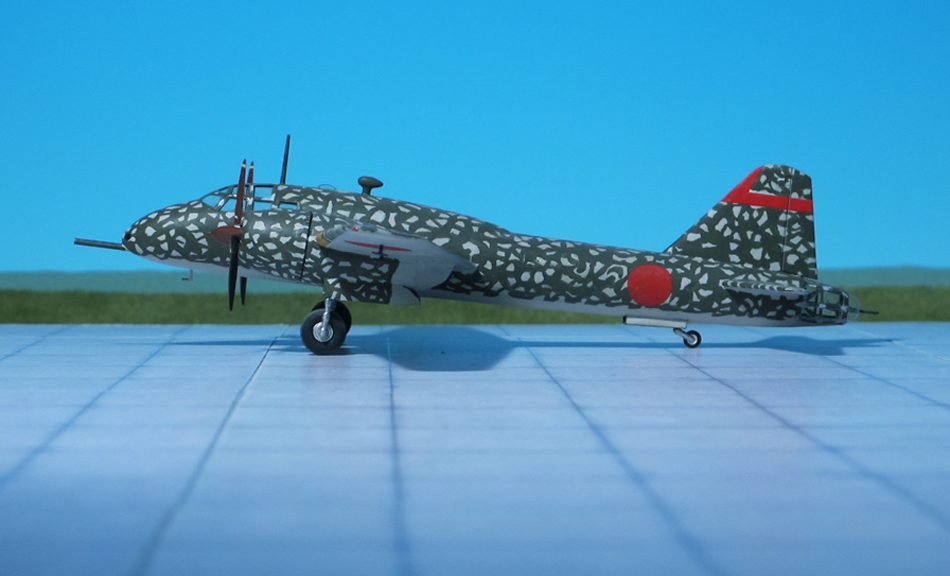TYPE: High altitude interceptor
ACCOMMODATION: Crew of two
POWER PLANT: Two Mitsubishi Ha-112-II Army Type 4 radial engines, rated at 1,500 hp each
PERFORMANCE: 404 mph at 19,095 ft
COMMENT: The Mitsubishi Ki-46 was a twin-engine reconnaissance aircraft used by the Imperial Japanese Army in WW II. Its Army designation was Type 100 Command Reconnaissance Aircraft; the Allied nickname was DINAH.
At the beginning of the conflict the newest version of the Mitsubishi Ki-46-II were able to performe their missions with almost complete freedom from interception as, without the benefit of ground control radar to guide them, the Allied squadron‘ obsolescent fighters failed to reach the elusive Nipponese aircraft in time.
As the production of the Mitsubishi Ki-46-III (Army Type 100 Command Reconnaissance Plane Model 3) gained tempo, a high-altitude interceptor fighter version was developed by the Rikugun Kokugijutsu Kenkyujo (Army Aerotechnical Research Institute) as a stopgap pending production of specialized aircraft. Initially studies for this aircraft bgan in June 1943 and ist development was persued actively from May 1944 onwards. A modification programme was initiated at the Tachikawa Dai-Ichi Kokusho (First Army Air Arsenal at Tachikawa) where the photographic equipment of the standard Ki-46-III was removed. Modifications also included the redesign of the nose to provide space for two 20 mm Ho-5 cannon and the replacement of the top centre fuselage fuel tank by an obliquely mounted forward-firing 37 mm Ho 203 cannon. The first Army Type 100 Air Defence Fighter (Ki-46-III KAI) was completed in October 1944 and, a month later, aircraft of this type were issued to various units operating in defence of Japan. Operational results were disappointing as the Ki-46-III KAIs did not have the climbing speed required for an interceptor, but further developments of this variant resulted in the Army Type 100 Assault Plane (Ki-46-IIIb), of which only a few were built, and the Ki-46-IIIc which remained on the drawing board.
Retaining the Ki-46-III airframe but powered by two Ha-112-II Ru engines fitted with exhaust-driven turbosuperchargers, four Ki-46-IV prototypes were built in 1943-44. With a military rating of 1,100 hp at 33,465 ft, the Ha.112-II Ru gave the aircraft superior performance at altitude. Compared with the Ki-46-III, the Ki-46-IV differed by the installation, in the lower rear portion of the engine nacelles, of the turbosuperchargers, the air intake being methanol-cooled as space restriction prevented the use of an intercooler, and by an increase in internal fuel capacity to 1,977 litres. Tests began in February 1944, but difficulties with the turbosuper-charging system delayed the production of the Army Type100 Command Reconnaissance Plane Model 4a (Ki-46-IVa) and its fighter version, the Ki-46-IVb with nose-mounted cannon, both aircraft being finally deleted from the production priority list.
While the Mitsubishi Ki-46-IIs and Ki-46-IIs operated until the end of the war, two Ki-46-IVs demonstrated in February 1945 that the Dinah was still one of the best reconnaissance aircraft of the time by covering, with the help of strong tailwinds, 1,430 miles at an average speed of 435 mph (Ref.: 1).
